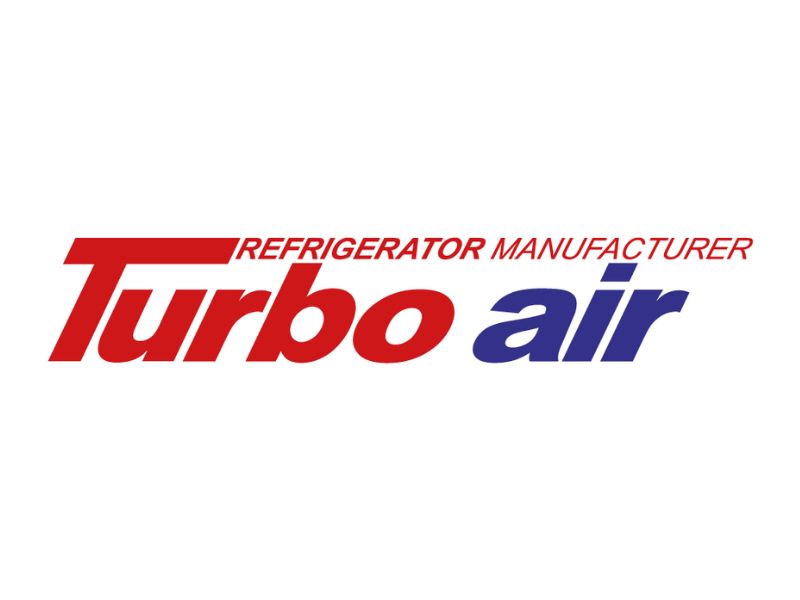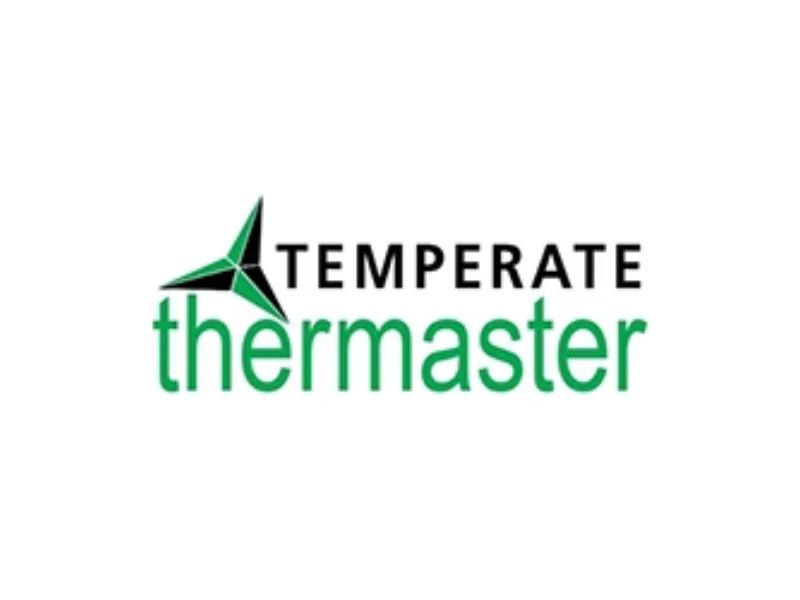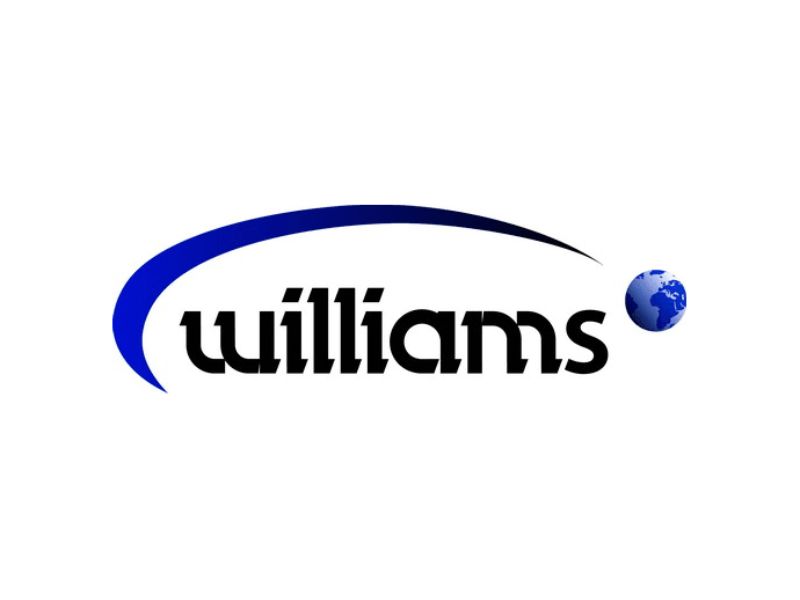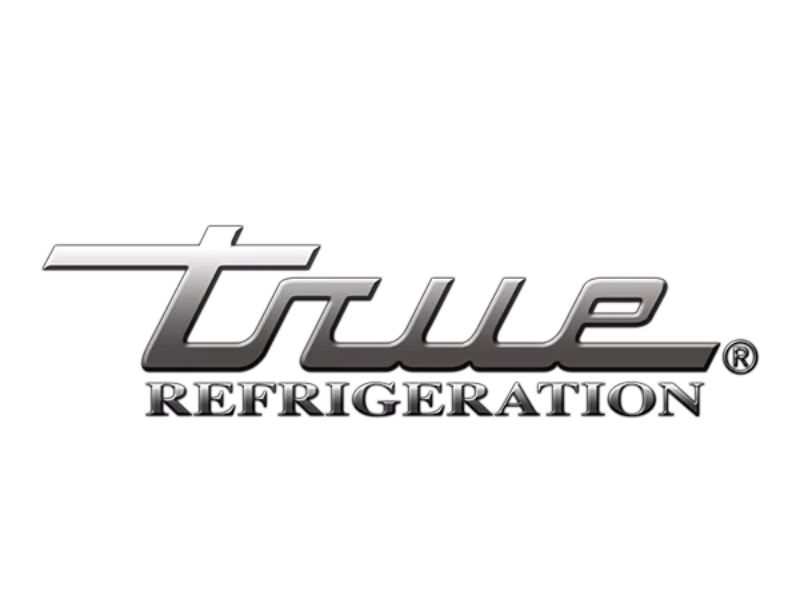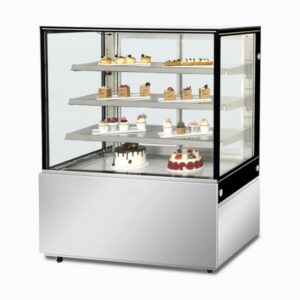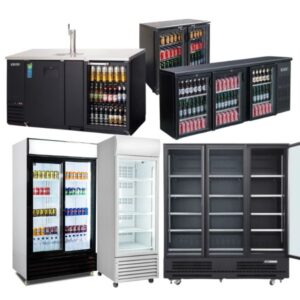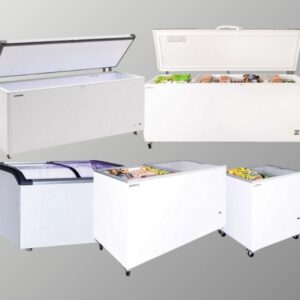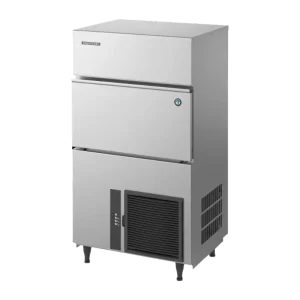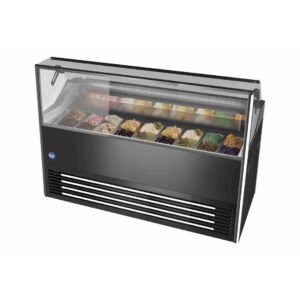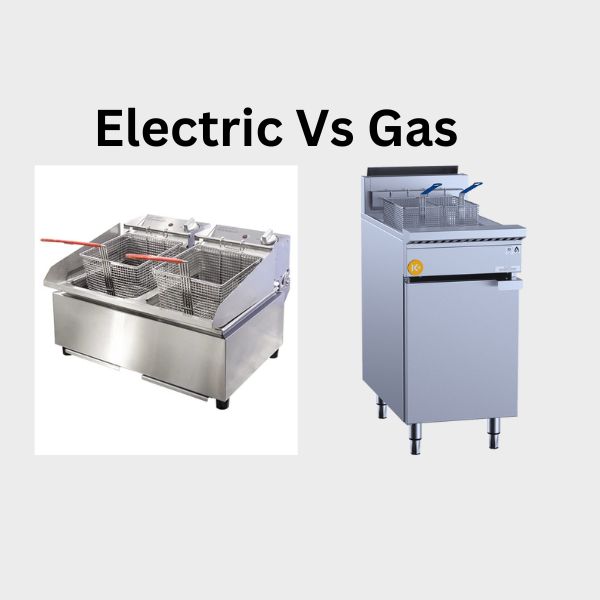Commercial Fridge Buying Guide in Australia
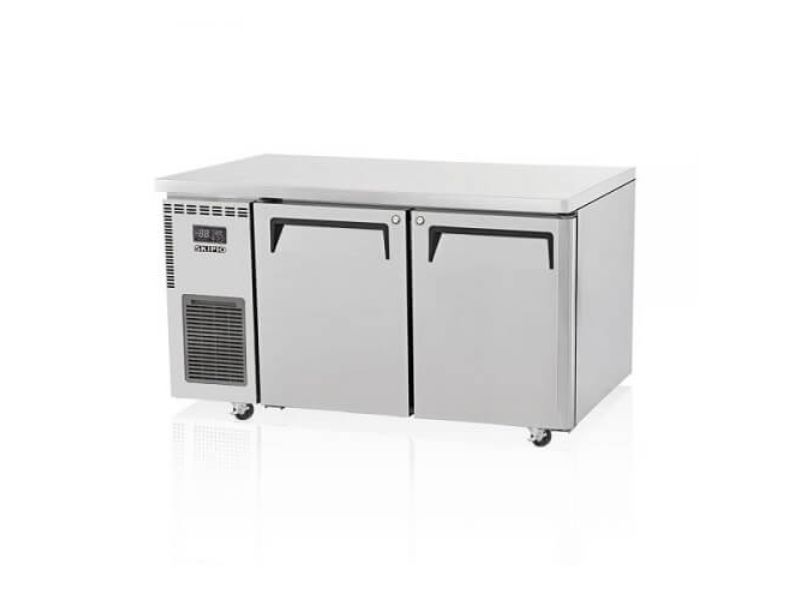
Purchasing a commercial fridge is a significant investment for businesses in Australia. Choosing the right fridge ensures smooth operations, energy efficiency, and compliance with food safety standards. Here’s a comprehensive guide to help you make the best choice:
Key Checklists Before Buying a Commercial Fridge
1. Assess Your Business Needs
- Type of Business: Identify the primary use of the fridge based on your business type:
- Cafes & Restaurants: Focus on food storage and quick access.
- Bars & Pubs: Look for under counter bar fridges for drinks.
- Supermarkets: Opt for display fridges and freezers with glass doors to showcase products.
- Volume of Storage: Estimate how much storage capacity you’ll need daily.
2. Size and Dimensions
- Measure your space and consider factors such as:
- Door Clearance: Ensure doors open fully without obstruction.
- Ventilation Requirements: Allow for adequate airflow to prevent overheating.
- Consider whether the fridge needs to be mobile (with castors) or fixed in place.
- Make sure to allow about 5 – 10mm more than dimensions shown in the specification sheets (sometimes, actual size is variable by 5 – 10mm)
3. Types of Commercial Fridges
- Upright Fridges: Ideal for kitchens needing large storage in a compact footprint.
- Display Fridges: Designed to showcase drinks, cakes, or deli items in retail settings.
- Under Counter Fridges: Space-saving solutions for bars and small kitchens.
- Chest Freezers: Best for bulk frozen goods storage.
- Blast Chillers: Rapidly cools food to meet food safety standards.
- Deli Displays: ideal for seafood markets, butcher shops and cheese & dairy stores
4. Energy Efficiency of Refrigerators
- Energy Ratings: Choose fridges with higher energy star ratings(GEMS Rating) to save on electricity costs.
- Eco-Friendly Refrigerants: Look for units using R290 or other environmentally friendly refrigerants.
- Insulation and Seals: Ensure proper insulation and tight seals to reduce energy wastage.
5. Temperature Range
- Ensure the fridge meets the temperature requirements for your products:
- Refrigeration: 1°C to 4°C for perishables.
- Freezing: -18°C for frozen goods.
- Adjustable thermostats offer flexibility for different storage needs.
- Most of commercial fridges come with adjustable temperature display, while some brand offers wider temperature ranges for fridge or freezer such as Hoshizaki models
6. Material and Build Quality
- Durability: Opt for stainless steel interiors and exteriors for long-lasting performance and easy cleaning.
- Shelving: Check for adjustable, corrosion-resistant shelves to maximize storage.
- Glass Doors vs. Solid Doors: Glass doors are great for display, while solid doors offer better insulation.
- This factor is hard to see by look of it. So, consult this with your dealer who knows well which brand and models are better to choose.
7. Features to Look For
- Digital Controls: Easy temperature management and monitoring.
- LED Lighting: Enhances product visibility while being energy-efficient.
- Automatic Defrost: Saves time and ensures optimal performance.
- Lockable Doors: Essential for securing valuable stock.
8. Budget and Warranty
- Upfront Cost: Balance your budget with the features and size you need.
- Operating Costs: Consider long-term energy efficiency to minimize ongoing expenses.
- Warranty and Support: Look for models with reliable warranties and after-sales service in Australia.
Types of Commercial Fridges & Freezers
Tips for Maintaining Your Commercial Fridge
- Regularly clean the condenser coils.
- Avoid overloading to maintain airflow.
- Schedule routine servicing to extend its lifespan.
By following this guide, you can make an informed decision to select a commercial fridge that meets your business requirements, complies with Australian standards, and delivers long-term value.

